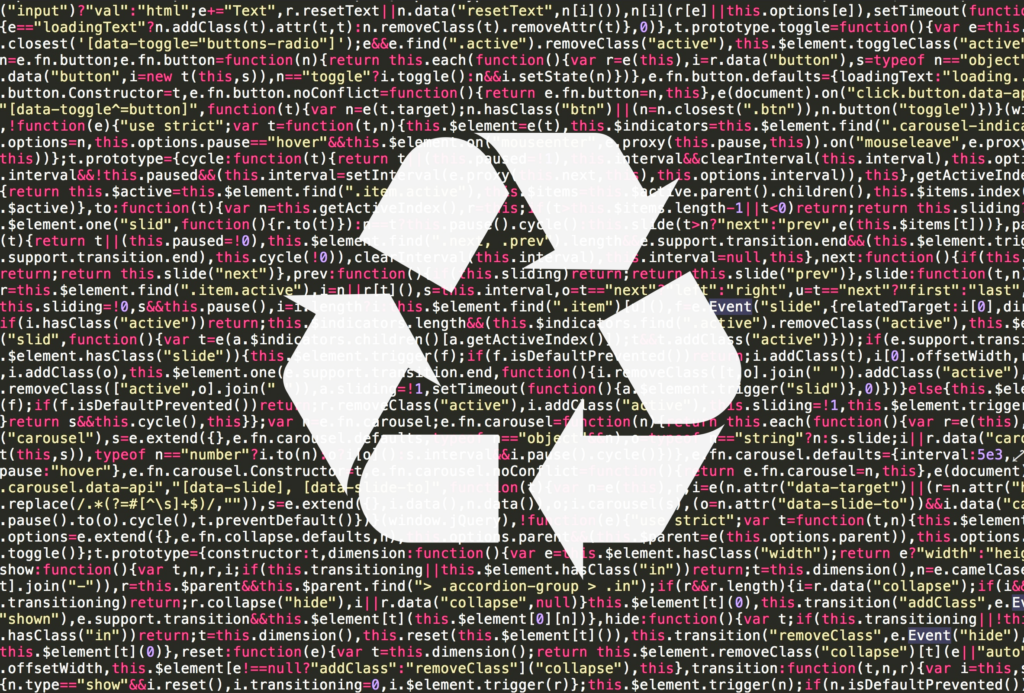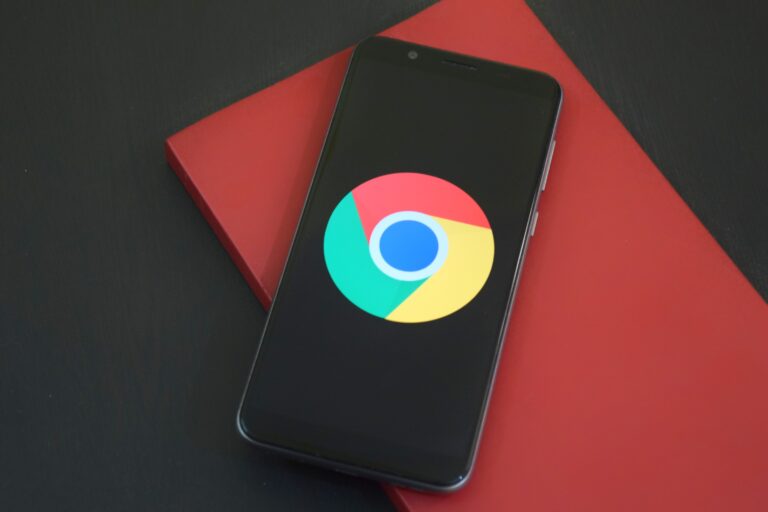Today, a blog is a vital asset for generating organic traffic. In fact, according to a recent survey of over 1,000 bloggers, content strategy is a key factor in good SERP positioning.
This is why SEO specialists are so passionate about creating content. Good content is informative for users and is valued by Google. However, it’s pointless to have a blog that contains outdated information, or posts that were once good, but no longer align with your goals.
Properly managing your old content is vital for SEO performance. Luckily, there are several ways to accomplish this. Today, we’ll help you choose the best fit for you.
We’ll discuss:
- Why you should update content.
- When you should review your old content
- When to remove an old post and when to update it
- Google’s perspective on updating content
- How to update website content, through 8 best practices
Let ‘s dive in!
Why You Should Keep Your Blog Updated
You’ve been working on content for your blog for a long time. Thus, you’ve invested time researching, writing, and editing each piece. So, why should you check whether to delete or modify the content?
Here’s why:
- Your competitors keep updating their content, either by adding new pieces or revising old stuff. They’re working to provide more value and innovative ideas to your target audience, every day.
- New users might have been drawn to your content years ago, but now they might have a different search intent. In that case, you’ll be offering outdated content that was useful at the time but is no longer relevant for searchers.
- If your content contains outdated information, it’s probably no longer authoritative. For example, if you have an article commenting on a new tool update but that tool was updated again twice after your post, your article will be obsolete for both users and search engines.
When Should You Review Your Old Content?
Before making any decisions about deleting your content, you may want to review it. When analyzing your old content, you’ll encounter three types of material:
- Top-ranking, evergreen pieces
- Seasonal pieces
- Posts that lost their ranking
- Posts that failed to rank
Top-ranking pieces
Some of your old content may still be ranking well. To discover what your high-performing posts are, pay attention to these metrics:
- Inbound Links
- Traffic
- Shares
- SERP positioning
When it comes to these types of posts, you’ll want to verify that all SEO elements remain effective. For example, you may want to make sure that you are still ranking for a relevant focus keyword rather than one that’s no longer relevant.
Seasonal Pieces
When examining your old content, you may find some pieces that covered one-time events or were extremely time-sensitive. For instance, a post announcing a conference, or a post discussing a new product update.
If a large number of your potential customers are still asking questions addressed in your post, it’s a good idea to update it. That way, you’ll provide fresh and competitive material around the subject without creating duplicate content.
URLs that No Longer Rank
As a blogger, you might have written a lot of posts that had positive repercussions years ago but, as time passed, they stopped receiving visits. Generally, this occurs because:
- Users who used to visit your blog have changed their search intent
- Competitors created better content on that topic
- You have very similar content on another post and it’s attracting more visitors
- You need to update your keywords
Posts that Failed to Rank
Some of your posts may not be bringing any organic traffic. Maybe you misinterpreted users’ search intent, or maybe you failed to properly optimize your content.
If you have this type of content buried in your blog, research if it can be revamped and optimized to drive results. Bring these pieces back to life and link them on new posts or repurpose them for social.
Should You Delete Or Update Your Old Content?
Once you’ve reviewed all your posts, and selected the ones that need reviewing, you have to decide whether to update or delete them.
In this section, we’ll discuss which of the two options is best for each case.
Update Your Old Content
If you are a frequent blogger, reviewing your previous content to see what needs updating is vital. Updates keep your content competitive over time. In fact, many online guides began as a few words and grew into authoritative resources thanks to constant updates.
To do this, you can:
- Enhance old posts by adding fresh insights
- Merge old posts on the same topic and create a new post.
Delete Your Old Content
Some posts aren’t useful at all, and they’re so thematically narrow that you can’t update them. For instance, that’d be the case for a post announcing an upcoming event. If you don’t have any material from the event to add to the post, you may just want to delete it.
There’s nothing wrong with removing obsolete content that can’t be updated. However, you should know it isn’t as simple as making the page disappear. In fact, Google can keep your URL in its index for weeks after it’s been deleted.
In most cases, you’ll want to delete the outdated post and add a 301 redirect. A 301 permanent redirect takes users that enter a URL to another one, instantly and automatically. Then, the user is immediately redirected to better content, and the Google algorithm can recognize that this is a permanent redirection.
A 301 redirect is the best option if you want to remove a page that has received quality backlinks.
What’s Google’s Stance About Updating Old Content?
There’s no doubt that Google values quality content that matches user search intent above all else. Google’s SEO starter guide suggests that content should:
- Include accurate facts
- Be clearly written
- Provide complete information
But, what exactly are Google’s views on updating old content? According to John Mueller, Webmaster Trend Analyst at Google, the rating of updated content depends on its audience and type. He says that, in general, Google prioritizes fresh news, but other types of content like definitive guides that are regularly updated can still be very successful.
As for content removal, Mueller notes that it should only be done if the content is of bad quality. Plus, he also clarifies that some types of content can’t be updated because, for instance, they refer to products that are no longer available.
Check out this video to see John Mueller’s full take on old content:
8 Best Practices For Updating & Republishing Outdated Content
After you’ve decided which posts need updating, it’s time to get to work!
To update content successfully, we recommend you:
- Enrich your post with new insights
- Optimize keywords usage to match your audience’s search intent
- Keep your URL
- Review all links & anchor text
- Ensure mobile compatibility
- Add an editor’s note
- Update your meta description
- Add new images & videos
Let’s take a closer look.
Add New Insights
As we mentioned earlier, adding new content, data, and figures is crucial to a successful update. To do this, you should:
- Find updated data on your posts’ core topic and enrich your sections with it.
- Check to see if your competitors have updated their content, and what sources they used.
- Make sure that, when you linked to your sources, you didn’t include broken URLs.
- Check if your sources have updated their data.
Optimize Keywords & Consider Search Intent

If you’ve already used keywords on your content, make sure they continue to work. Plus, check that you aren’t overusing them. If you wrote your piece a couple of years ago, you may find that you’re guilty of keyword stuffing. Keyword stuffing is a black hat SEO tactic that modern search algorithms penalize.
If you haven’t already done keyword research for the content you want to update, now it’s the time to do so.
Once you have chosen the ones that work best for your strategy, it’s time to optimize the title, title tag, subheadings, and sections to reflect the searchers’ wording and address their search intent.
Keep Your URL
To preserve the link’s value, it’s recommended that you keep your URL. It’s particularly pertinent if the page still receives traffic and has valuable backlinks. On the other hand, keeping the same URL and not transferring the content to another URL helps search engines to avoid mistaking your content for duplicate content.
Review Your Links & Anchor Text
The right links can add a ton of value to your article. However, you must make sure that:
- The links are working
- The information is still reliable
Linking to studies, surveys, and third-party publications can make your post more compelling. But, as time passes, the sources you originally linked may become outdated (or even broken), compromising the quality of the information you are providing.
Aside from reviewing your existing links, consider adding new internal links to your content. That way, users that are interested in a specific subtopic can benefit from newer and better material.
Ensure Mobile Compatibility
Since September 2020, mobile compatibility has become a key positioning factor for Google. Considering that more and more people are consuming content from mobile devices, your content should be mobile-responsive to ensure the best page experience possible. Make sure that all embedded media can be comfortably visualized on a mobile device.
Add an Editor’s Note
When a piece of content is updated, this is generally informed in a short note below the title. The purpose of this note is to inform users and search engines that the content has been refreshed.
This type of note is especially important if:
- You’re covering very time-sensitive issues, such as changes in legislation.
- You have comments enabled, and some of them refer to content that’s no longer available.
Pro-tip: If you update your posts frequently, consider displaying the date of your posts’ last update, not their original posting date. That way, users will know that your blog is active and your content is fresh.
Don’t Forget to Update the Meta description
First impressions matter. A meta description can boost your click-through rate or keep it low. As you improve your content and include new keywords, you’ll want to update your meta description so it reflects your updates.
Add New Images & Videos
Enhance your readers’ experience with high-quality images and videos. Infographics and explanatory videos are great to provide users with extra value.
Plus, your posts’ visual content can rank on Google Images, bringing you more traffic.
Pro Tip: Make sure all your images have alt tags, so they can be detected by search engine bots and screen readers.
Keep Your Content SEO-Friendly with Automatic Monitoring
In this post, we covered how updating your old content can help you bring more value to your users. We also discussed when it’s appropriate to remove old content and when you should update it.
But SEO isn’t just about staying on top of your content. Keeping an eye on your website’s code is also vital. SEORadar monitors your code and content around the clock and alerts you to SEO changes before your ranking drops. Plus, you’ll receive instant alert notifications depending on your priorities. This makes us your best ally for technical SEO at scale.
Interested? Start a free trial or schedule a demo today.




